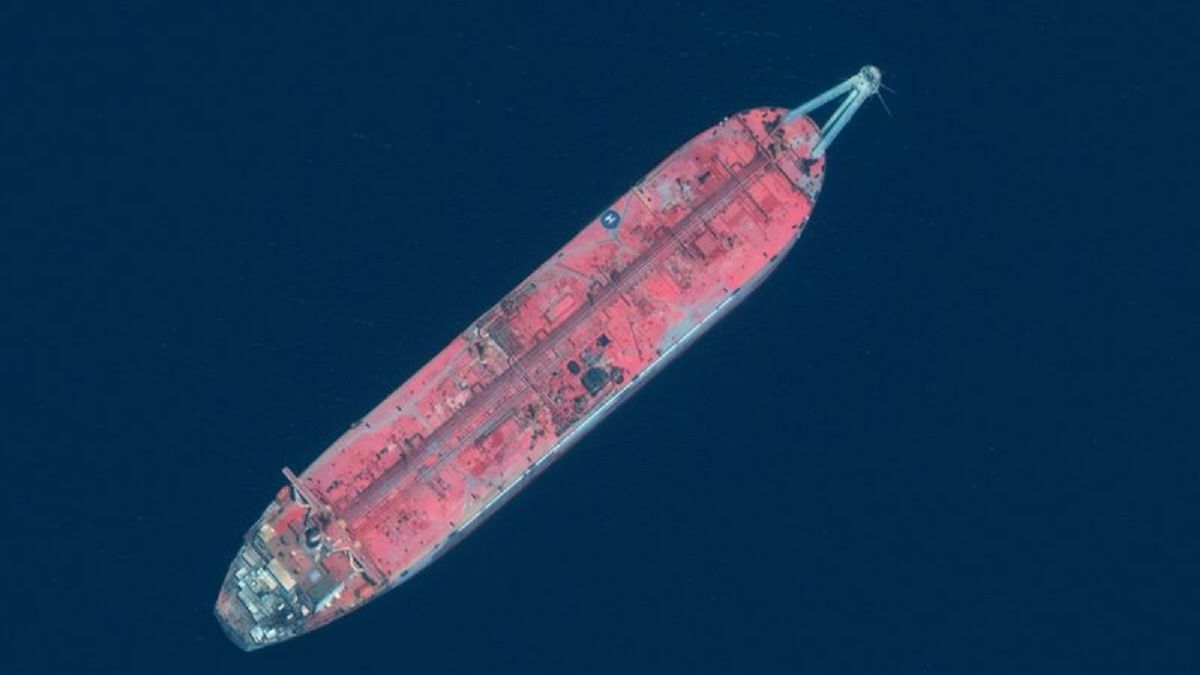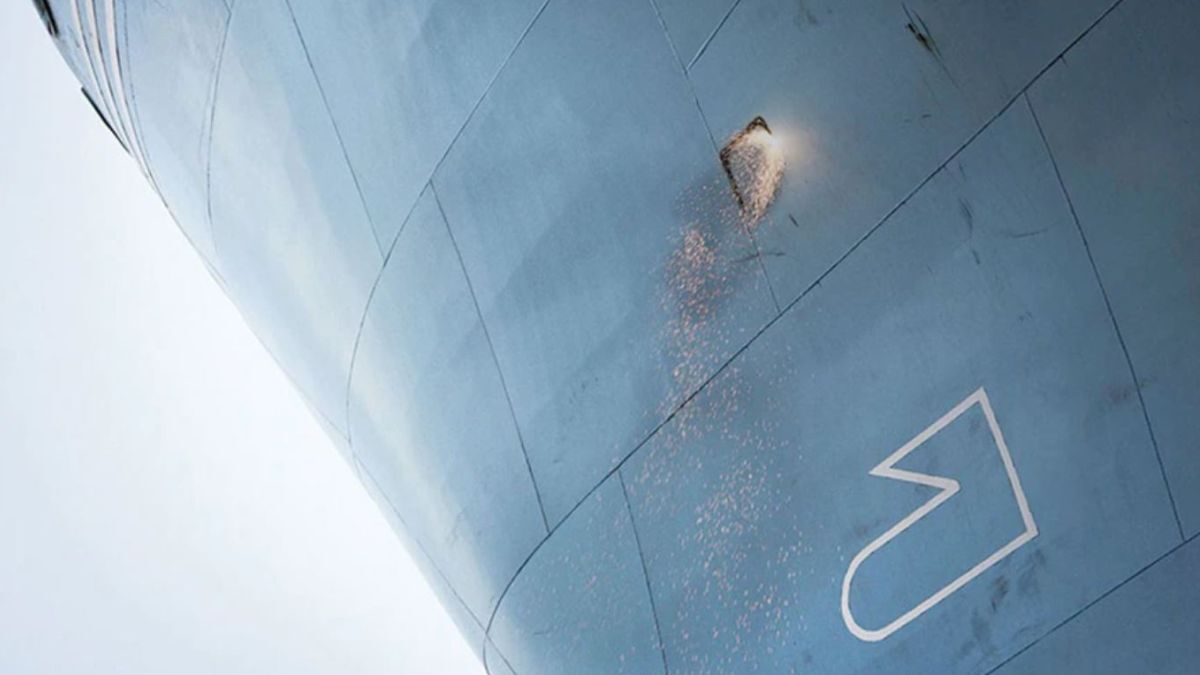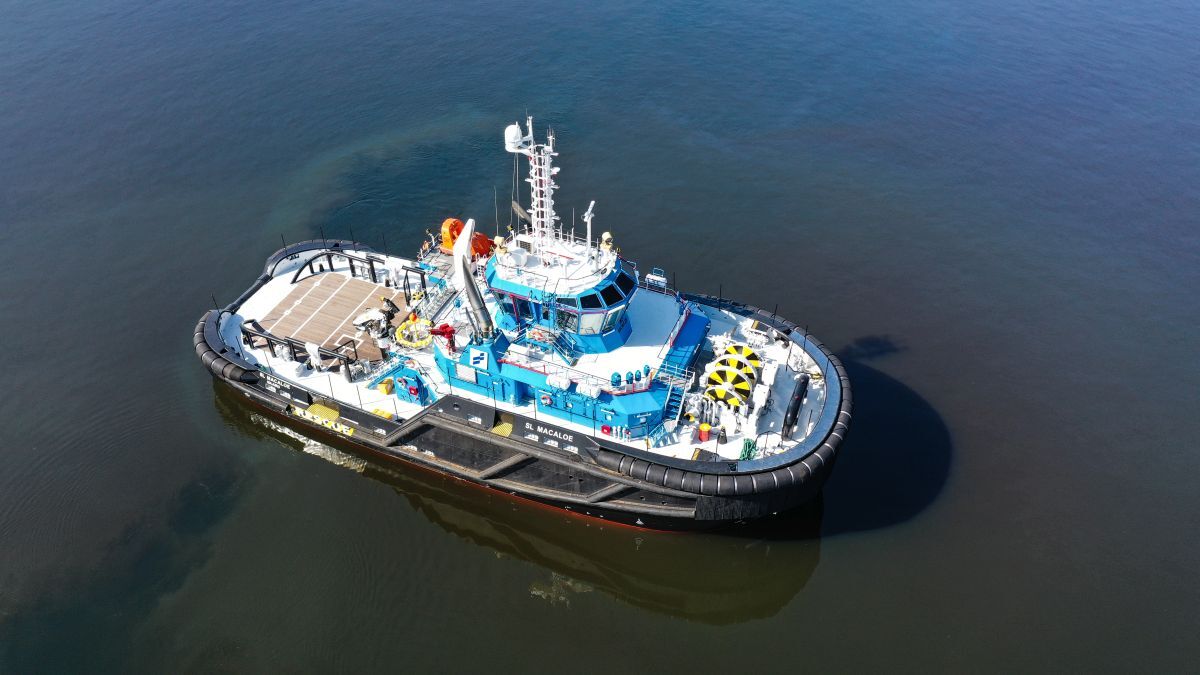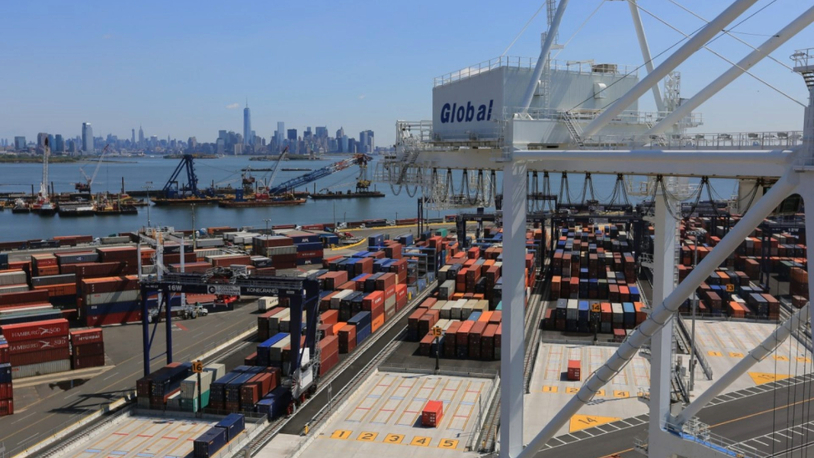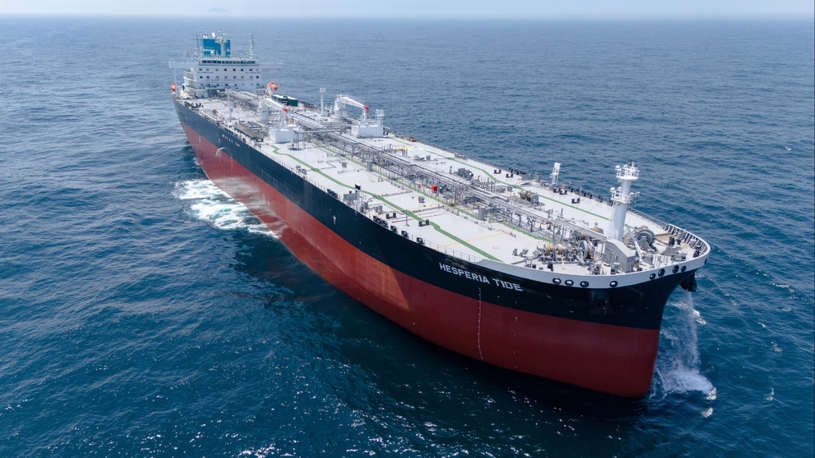Business Sectors
Events
Contents
UN considering mitigation actions as potential FSO oil spill looms
The UN Security Council is to examine the options available regarding the deteriorating floating storage and offloading unit (FSO) off the coast of Yemen and possible remedial action
The impending environmental disaster is from the crude oil remaining on Safer, a single-hull 400,200-dwt FSO originally built in 1976 as Esso Japan.
In 1987 the tanker was converted to an FSO by Hyundai Heavy Industries in South Korea. The vessel was anchored about 60 km north of the port of Hudaydah and acted as an oil terminal and storage facility. The port is now in a rebel-held area.
In March 2015 the vessel was abandoned due to the conflict in Yemen. It is believed there is still 1.1M barrels of crude oil on board the vessel. The vessel has received no maintenance, and the engine and inert gas systems are believed to have been dormant since 2015. There are reports that water has entered the engineroom.
The vessel was all but forgotten about outside Yemen until the United Nation’s under-secretary-general for humanitarian affairs and emergency relief co-ordinator Mark Lowcock brought the world’s attention in 2019 the humanitarian disaster that would unfold if the vessel broke up and released its cargo.
The vessel is in a region effectively controlled by forces referred to by the United Nations as Ansar Allah-affiliated authorities, part of the groups known as Houthis. In June 2019, the UN attempted to place a team of experts on board to inspect the vessel. The UN team was refused permission by Ansar Allah/Houthis to visit the ship.
The difficulty for the UN is that it has recognised the interim government of Yemen, which is opposed to the Ansar Allah/Houthis groups. Furthermore, the Ansar Allah/Houthis require that they control any revenue (approximately US$30M) derived from off-loading and selling the oil.
In July 2019, Mr Lowcock presented a briefing paper to the United Nations on the latest situation in Yemen and Safer. He noted that the Ansar Allah-affiliated authorities had asked for help in early 2019 in assessing the state of Safer.
The assessment of the impact of Safer breaking-up is that crude oil could flow around the coastline, as far as the Red Sea or even the Suez Canal, according to some estimates.
In a recent tweet, a Yemeni environmental group Holm Akhdar (Green Dream) reported the impending disaster could impact 115 islands around the Yemini coast, the lives of 126,000 fishermen, 850,000 tonnes of fish stocks annually and kill 300 species of coral. It warned it could take 30 years for the Red Sea ecology to recover.
Riviera is hosting a week of free to attend 45-minute webinars focused on tankers, shipping and trade commencing 18 August. Register your interest now
Related to this Story
Events
Offshore Support Journal Conference, Americas 2025
LNG Shipping & Terminals Conference 2025
Vessel Optimisation Webinar Week
© 2024 Riviera Maritime Media Ltd.


